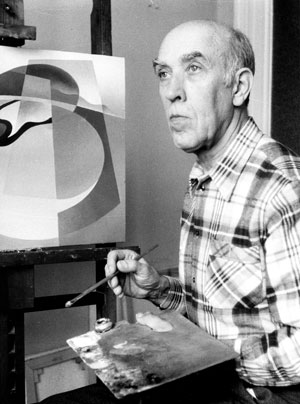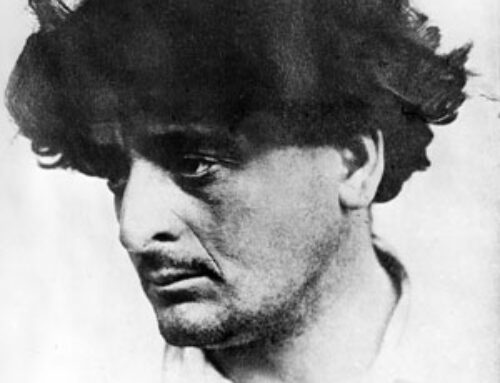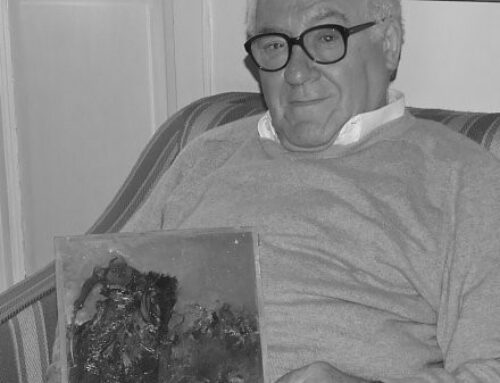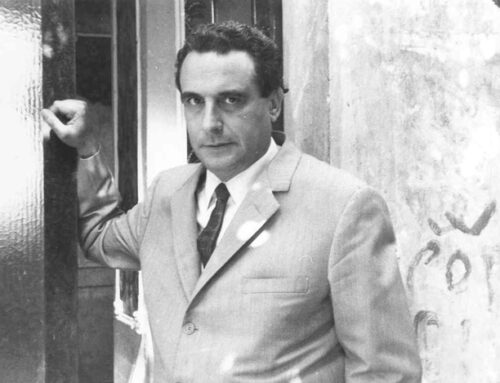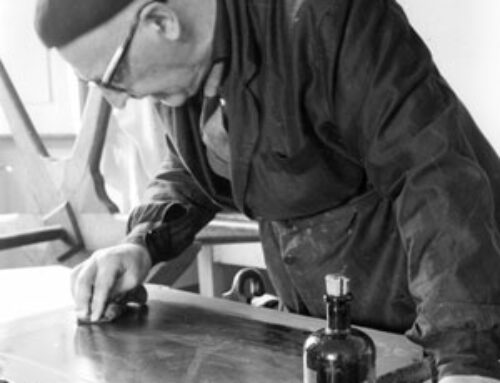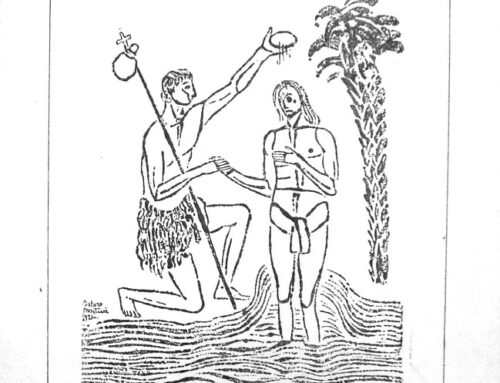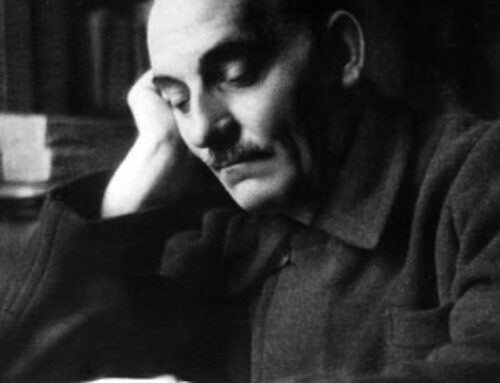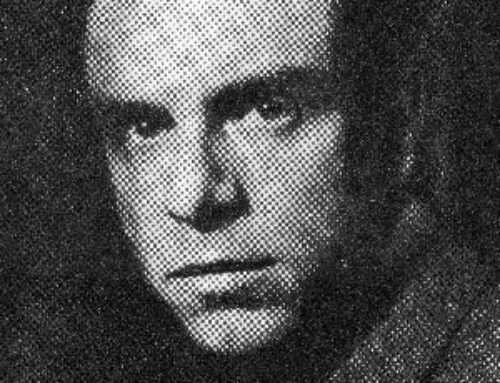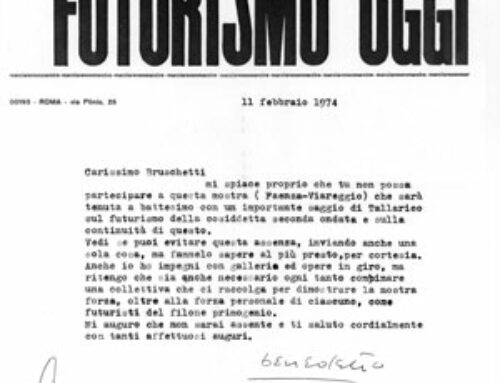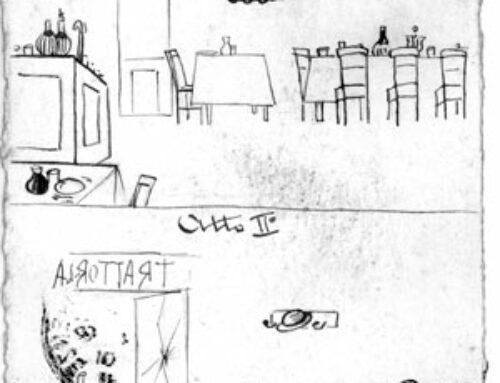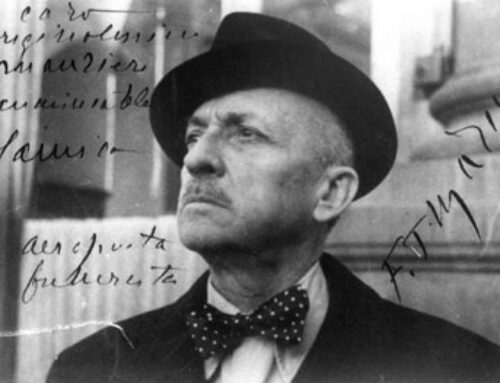(Milan, 1907 – Livorno, 2004), painter, joined Futurism in the 1930s, attracted by the artistic research of Prampolini, Fillia and Munari. He moved to Livorno, where he devoted himself to the family business, a thriving glassworks. In 1933 he took part in the exhibition “Futurist Homage to Umberto Boccioni” at the Pesaro Gallery in Milan, participated in the Futurist exhibition at Palazzo Ferroni in Florence and the first national exhibition of Futurist art in Rome. With ten paintings he was present at the national Futurist exhibition held at the Bottega d’arte in Livorno, organized by Marinetti, Fillia and Mino Rosso. He exhibited in Hamburg in 1934 at the Futurist Aeropainting exhibition, and from the mid-1930s until the early 1940s, he participated in all the Biennales and Quadrennials. Between 1933 and 1935 he collaborated on the magazines “La città nuova” and “Stile futurista,” both edited by Fillia. In 1941 he published the manifesto “Plastica delle essenze individuali” and exhibited in Milan in the hall of the Futurist aeropainters on the occasion of the III Exhibition of the National Fascist Syndicate of Fine Arts. Alongside his painting activities, he also worked as an advertising graphic designer. Under arms since 1940, he was taken prisoner by the Anglo-Americans in 1943. At the end of the war he returned to Livorno where he continued to paint and exhibit. In 2001 his work received its definitive consecration by participating in the major exhibition “Futurism 1909 – 1944,” at the Palazzo delle Esposizioni in Rome.
The Osvaldo Peruzzi Fund consists of correspondence, manuscripts, printed material of various kinds (depliats, invitations, catalogs, pamphlets), drawings, personal photo library and of the works. The records are currently being sorted and calogated except for the volumes in the Library section, which are sorted and searchable. These are texts related to Futurism in all its manifestations, artistic, literary, musical, and theoretical. Numerous catalogs of exhibitions by Futurist artists; among others, Balla, Benedetta, Benedetto, Cangiullo, Dottori, Farfa, Fillia, Depero, Diulgheroff, Lotti, Marchi, Prampolini. Present are works by recent authors, such as Umberto Ronco, a futurist poet of the last generation, and Bruno G. Sanzin, coexisting with those of now-historicized writers such as F. T. Marinetti, Benedetta, Cangiullo, and Fillia. The Library also houses, in addition, texts on the analysis of the poetics of the movement, the complete collection in anastatic edition of the many Futurist manifestos, from 1909 to 1944, many catalogs of collective and thematic exhibitions such as, to mention only a few, the “Futurism and Advertising,” “Iconography of F. T Marinetti,” “Futurism in Florence,” in Milan, in Naples, in La Spezia. Also part of the Library is a sizeable collection of publications on Peruzzi himself, ranging from the catalogs of the numerous solo and group exhibitions held in Italy and abroad to various monographs on his painting, starting with the one compiled by F. T. Marinetti in 1941 to the most recent by Marzio Pinottini in 1981.

